Ski Apparel – Prepare for the Snow

Ski apparel is not just about appearance – it is your primary protection against harsh weather. Good ski clothing ensures warmth, dryness, and comfort, allowing you to perform at your peak, whether battling icy winds or navigating deep snow. Explore ski apparel here!
To effectively guard against cold, wetness or overheating, ski clothing must offer adequate insulation, waterproofing, and breathability while allowing full movement. Therefore, picking suitable skiing gear involves anticipating the weather conditions you expect to face.
Are you purchasing ski wear for the family vacation or seeking technical gear to boost your performance? We have everything you need.
Often, the trade-off between waterproofing and breathability influences the price. Recreational skiers can find sufficient options in mid-range gear, but intensive, prolonged skiing requires investment in high-performance attire.
Overview
Insulated Ski Outerwear

Your choice of ski jacket is crucial for warmth and dryness on the slopes. Be it for women, kids, or men, ensure your selection offers substantial insulation and protection against water and gusts.
Snow jackets with a waterproof rating of 10,000 mm or higher and a moisture-wicking lining are ideal for keeping you comfortable in diverse conditions.
Consider these additional features:
- Adjustable hoods
- Zippered vents
- Pockets for ski passes or snacks (both inner & outer)
- Snow skirts
If you're unsure about which ski jacket to choose, reflect on your typical skiing conditions: opt for insulated jackets in cold weather or shell jackets for versatility and custom layering.
Ski Pants & Snow Trousers
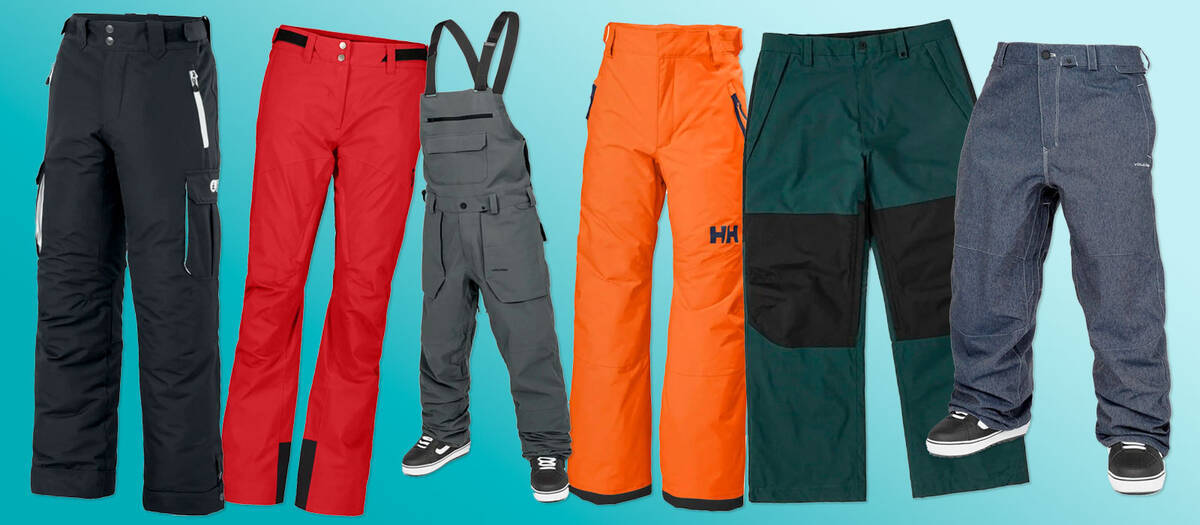
Keeping warm and dry largely depends on your ski pants when you're on the slopes. Ideal ski pants provide waterproofing, wind-proofing, and breathability—protecting you from elements while allowing moisture to escape.
Select ski trousers based on activity type, weather conditions, and personal comfort. Shell pants suit those not easily chilled, but for inactive periods, like ski lift rides, insulated pants are necessary to maintain warmth and enjoyment.
Additional features to look for:
- Adjustable waistbands
- Reinforced cuffs
- Inner snow gaiters
- Clip compatibility with same-brand jacket
- Pockets
In cross-country skiing, focus on performance needs: lightweight, breathable pants enhance mobility for performance-driven skiers. Nature lovers stopping for views and coffee should go for insulated, waterproof, breathable trousers.
Thermal Underwear – Skiing Base Layers
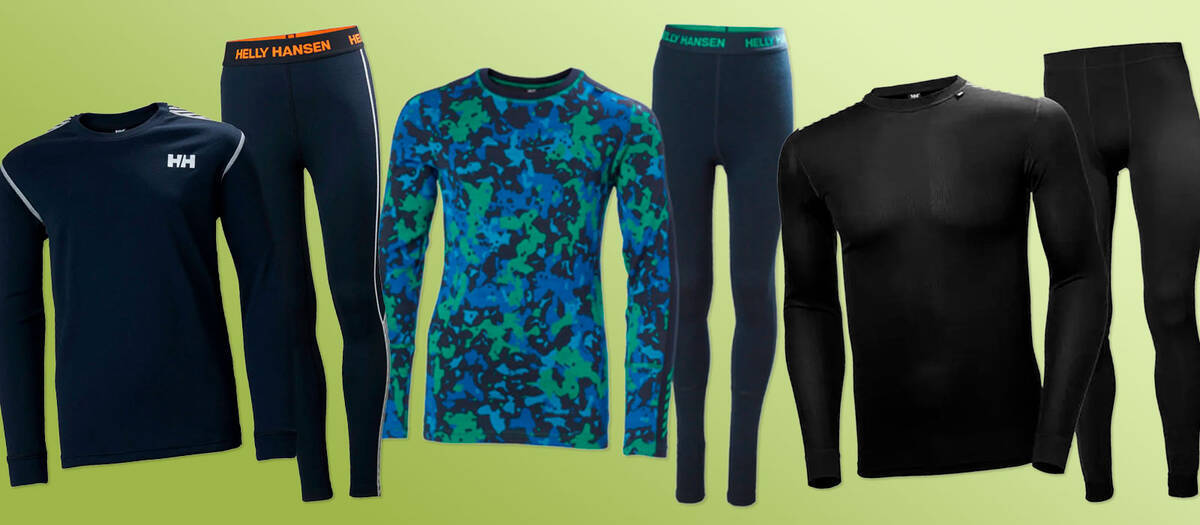
Thermal underwear is essential for warmth on the slopes. Once you experience them, you'll never want to ski without. Complete base layer sets or long johns are the start of a comfortable ski outfit.
Why are thermals game-changers? They trap heat close to your body while wicking away sweat, keeping you dry and warm.
Choose the warmest options, like merino wool or top-quality synthetics, for extremely cold days. These materials preserve warmth without causing bulkiness. A reliable base layer ensures comfort and enjoyment on the slopes regardless of the weather.
Ski Gloves
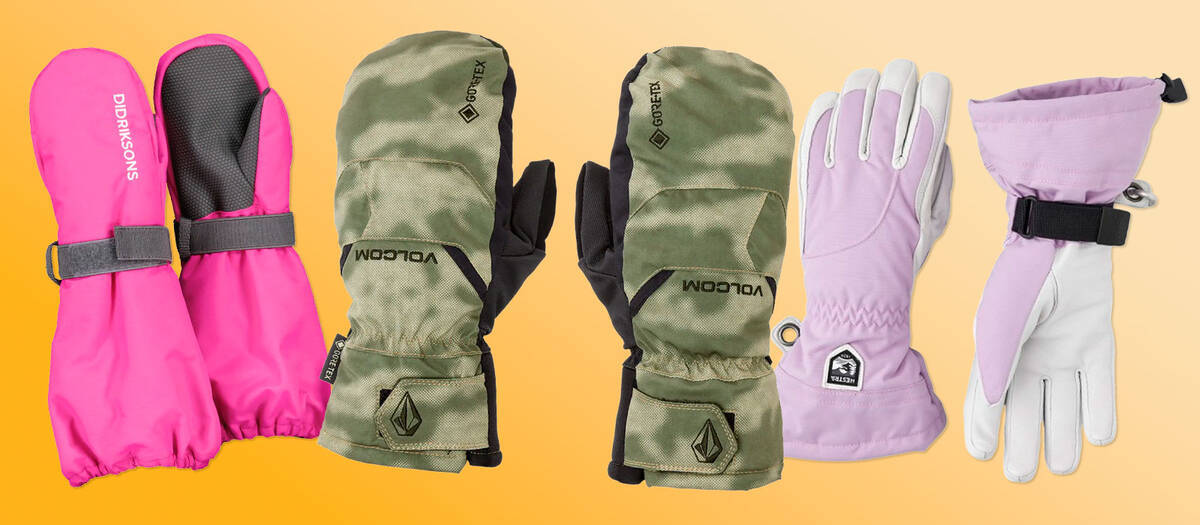
Your ski gloves should be warm while allowing functionality. They must be waterproof, insulated, and durable and might feature convenience extras like touchscreen compatibility or wrist leashes. Opt for heated gloves or mittens with battery packs for extremely cold conditions. Unlike regular winter gloves, ski gloves tackle skiing-specific challenges like gripping poles and resisting snow. Look for reinforced palms and adjustable cuffs for a secure and snug fit.
Determine if finger gloves, lobster gloves, or mittens suit you best. In summary, finger gloves maximize dexterity, mittens provide superior warmth, and lobster gloves, or 3-finger gloves, offer a compromise.
Contemplating between mittens or gloves? Review the chart below:
| Aspect | 5-finger gloves | 3-finger gloves | Mittens |
| Dexterity | More | Medium | Less |
| Warmth | Less | Medium | More |
Once you've picked between mittens, 5-finger, or 3-finger gloves, consider your material preference. Our broad selection includes leather ski gloves, technical performance options, and various insulation levels:
Ski Socks
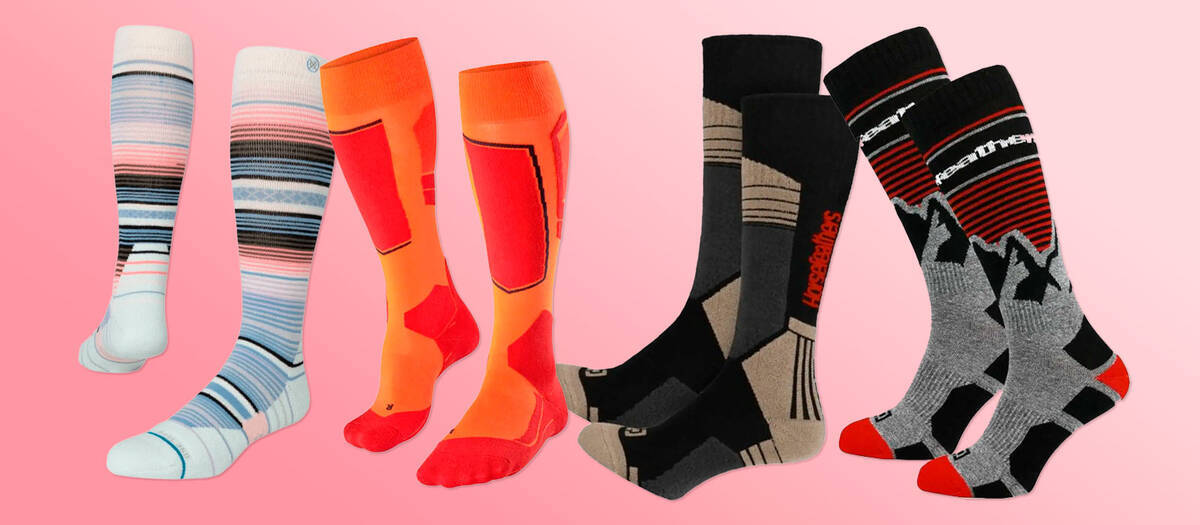
Choosing ski socks is vital. Cold feet can shift your focus away from skiing. Opt for thermal socks crafted for skiing, which offer cushioning in regions prone to blisters. The optimal ski socks are made of moisture-wicking fabrics like merino wool to keep your feet dry and warm. On extremely cold days, heated ski socks with adjustable temperatures enhance comfort. Avoid cotton socks as they retain moisture, leading to cold, damp feet.
Ski Masks, Ski Balaclavas & Ski Hats

Ski masks shield your face from the cold and can greatly improve your skiing experience. Ski masks and balaclavas provide full-face coverage, protecting against frostbite. Seek balaclavas offering breathability and snugness suitable for use with helmets and goggles. A ski neck gaiter offers adjustable coverage for your neck and lower face. Finish your ensemble with a warm, moisture-wicking ski hat for head and ear insulation.
Ski Mid Layers - How to Layer Under Ski Clothes?
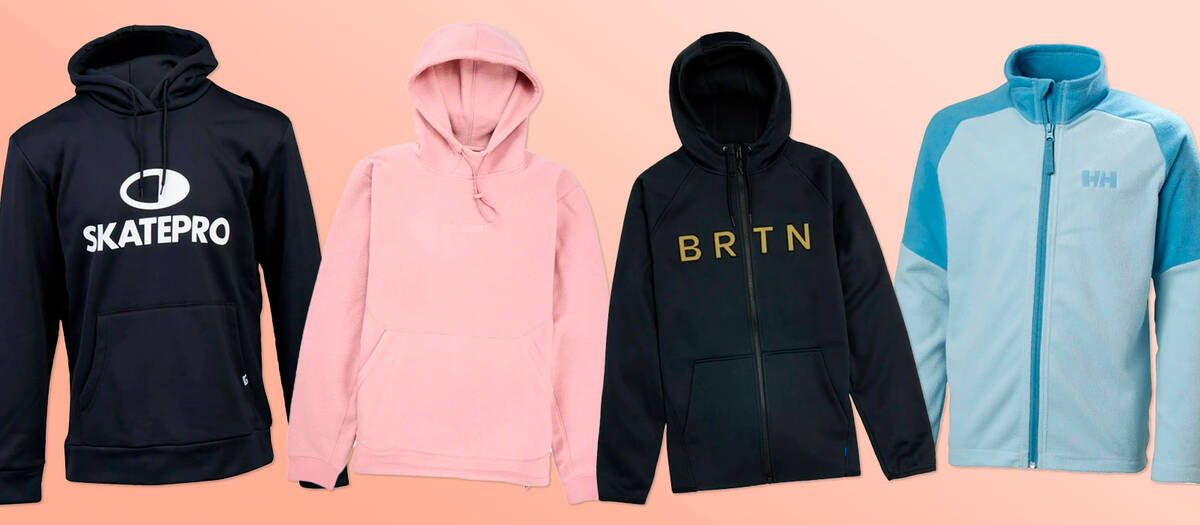
Mid layers are crucial for warmth and flexibility, enhancing the breathability of your ski attire. Wondering what to layer under ski jackets or snow pants? It largely depends on personal preference, so here are some suggestions for inspiration.
Fleece jackets, down sweaters, or synthetic insulation layers excellent options for warmth without bulkiness. The best mid layer for skiing varies with activity level: lightweight fleece for high-exertion days or thicker insulation on frigid days.
